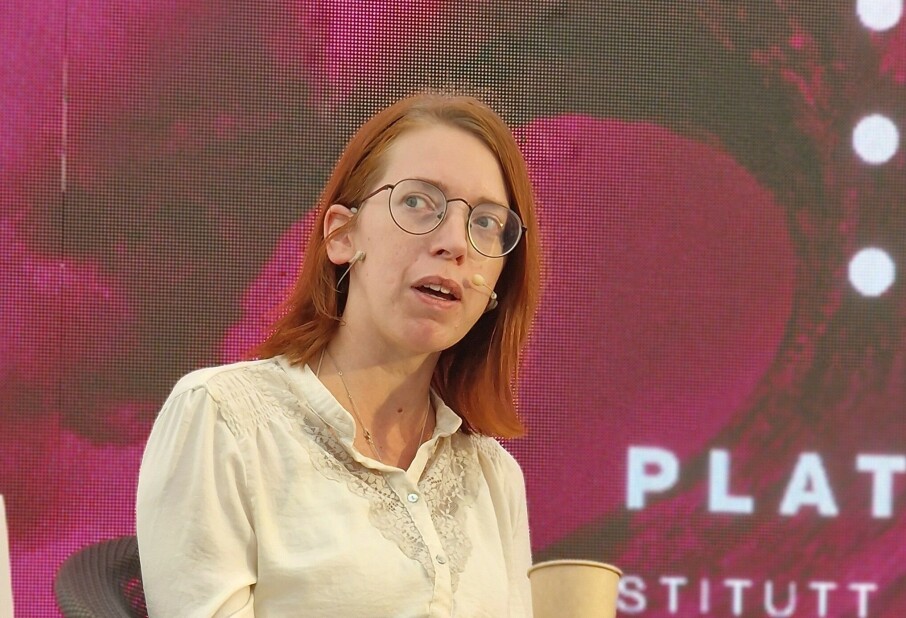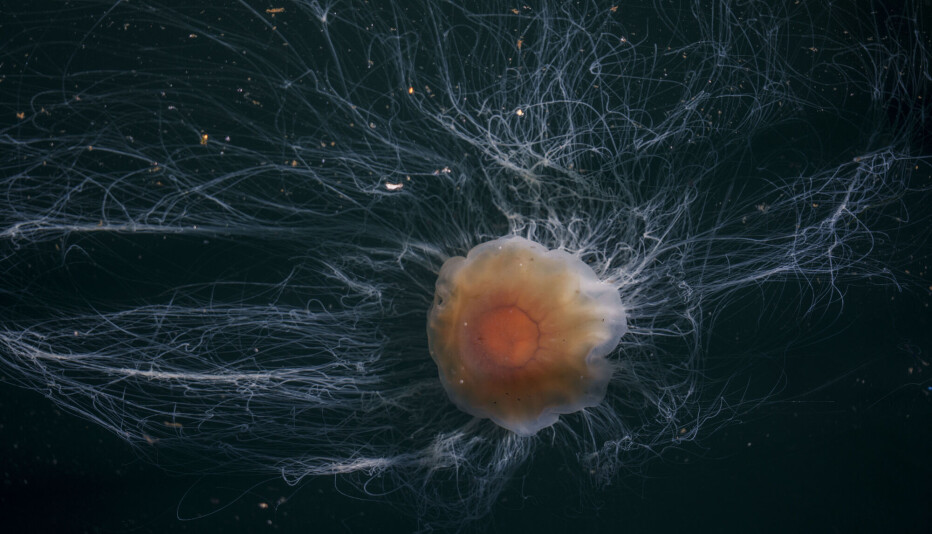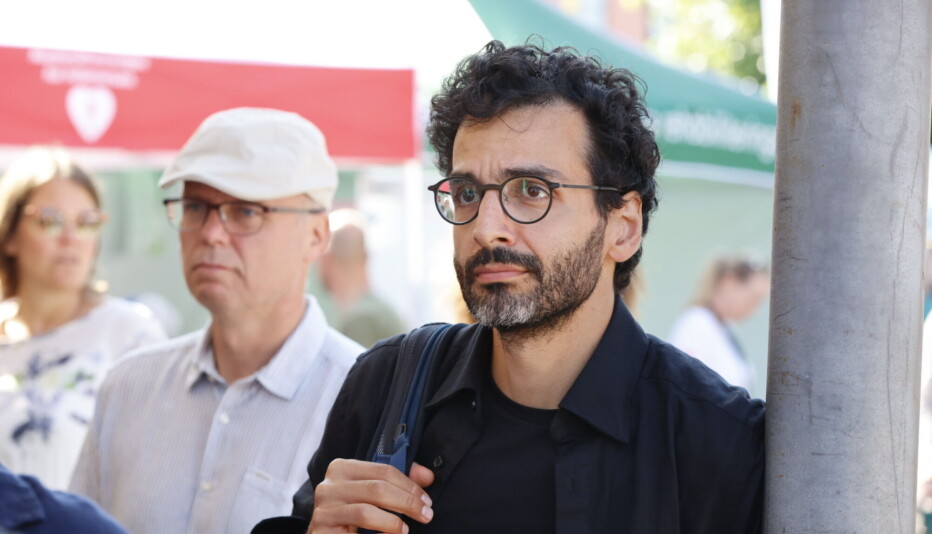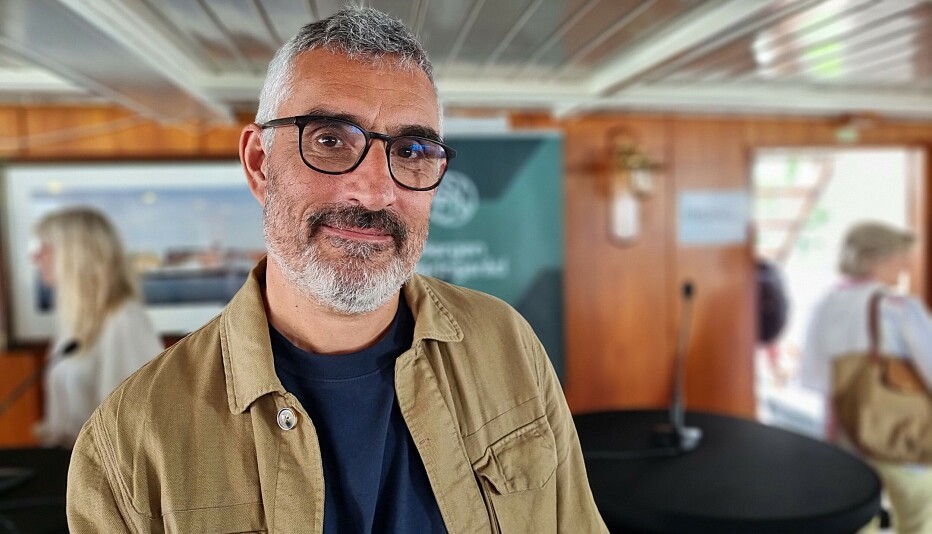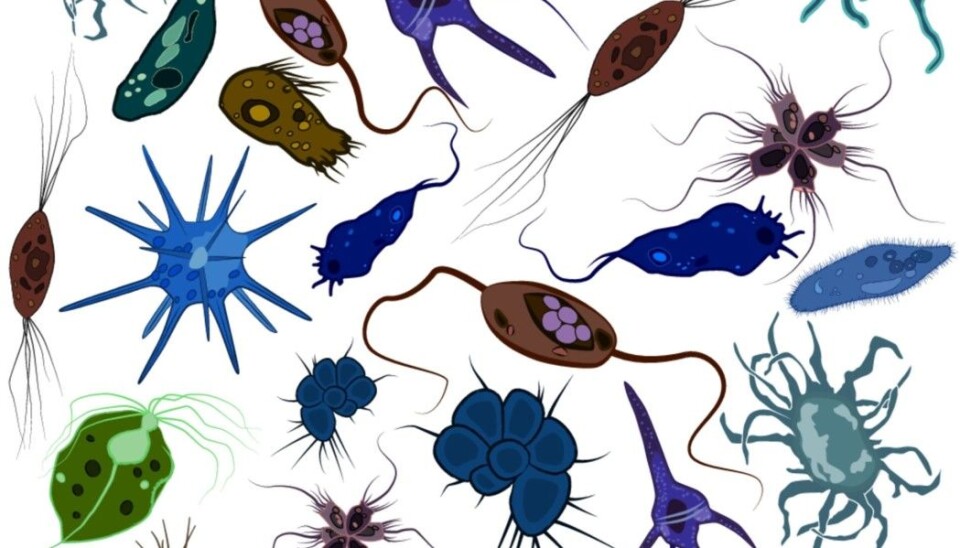
A teeny-weeny mystery: investigating the difference between you and me and a single-celled organism
The more scientists look at single-celled organisms, the more they realize we’re not as different from them as was once thought.
Choanoflagellates. Radiolarians. Haptophytes.
These strange names describe denizens of a tiny world, hidden in the water. All three are types of plankton that might graze against your skin when you’re out for a swim on a sunny day, but otherwise mean little for most of us in our everyday lives.
For biologists, however, these microscopic creatures raise intriguing and important questions.
For one — how did it happen that some of these single-celled creatures managed to transform into a multicellular organism where all the cells work together and share tasks — as happens in our own bodies?
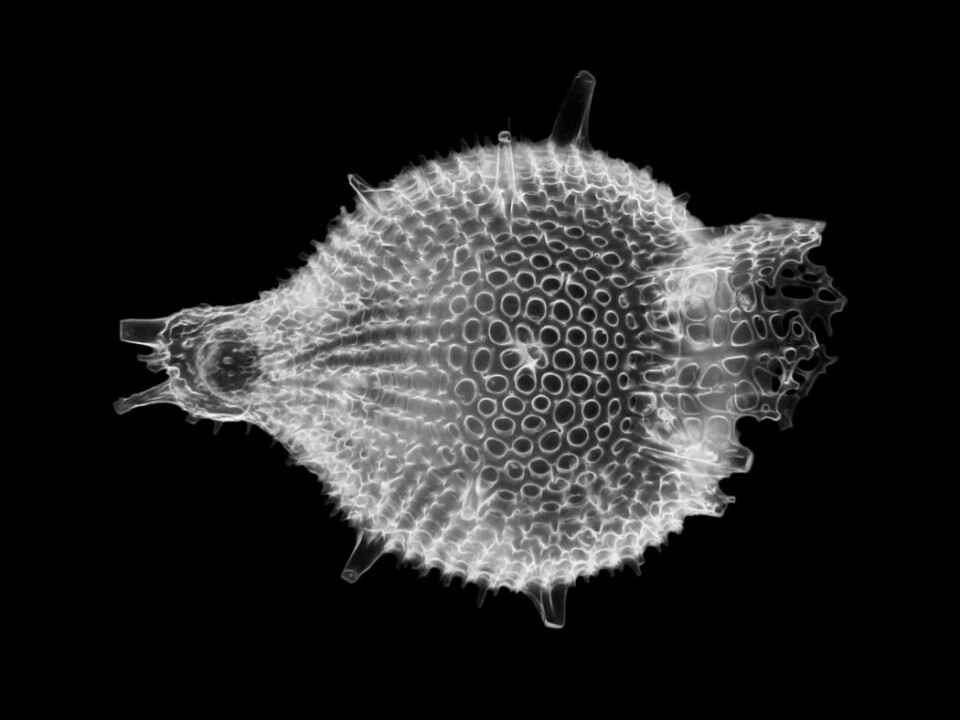
And fundamentally, what’s the difference between us and them? Or more simply, what makes us us?
Enormous differences
A plankton’s single cell has to take care of everything from digestion to reproduction. A human, however, has around 200 different cell types, organized into complicated tissues and organs with completely different tasks.
Researchers once believed the first single-celled animal arose because a single-celled organism’s genes changed in a way that allowed cells to stay together, communicate and coordinate growth and tasks. And with time, the organism’s descendants would rely on the same genetic equipment to evolve into the vast variety we find in animals today.
If this was true, these characteristic genes should be found in all multicellular animals, but not in single-celled organisms.
But when researchers started examining the genes of single-celled creatures that are believed to be closely related to animals, they didn’t find what they were looking for.
“It has been shown that the tiny and relatively simple organisms we have studied have roughly the same critical genes that we humans have," says Kamran Shalchian-Tabrizi, a professor in the University of Oslo’s (UiO) Section for Genetics and Evolutionary Biology. “And the more we investigate, the more the differences disappear.”
Genes that control genes
In previous efforts, researchers have looked at protein-encoding genes, or the regions of DNA that provide recipes for proteins. These genes determine many of our characteristics, such as our eye colour and the risk of developing different diseases.
This turned out to be a dead end.
However, our genes also code for other molecules, such as something called microRNA. MicroRNA is a small molecule that doesn’t code for any properties on its own. Instead, it regulates the use of protein-coding genes, which helps control our characteristics.
“These are genes that control genes,” says Ralf Neumann, another researcher in the UiO group.
The researchers wondered if the difference they were looking for might not be in the protein-coding genes themselves, but in the genes for the microRNA that controls the protein-coding genes.
The key or a blind alley?
Previous research has shown that animals have special microRNA that is unique to them, from the most primitive animals to the most advanced. This microRNA is not found in organisms from other groups.
Modern animals also have more of this microRNA than animals from earlier on the evolutionary tree.
The UiO researchers thought this microRNA might be the regulatory mechanism that cells invented when they developed the ability to organize themselves into multicellular creatures.
If so, they reasoned, they should be able to find microRNA in many animal species, but not in our closest single-celled relatives.
So Neumann, Shalchian-Tabrizi and their colleagues examined Ichthyosporea, a group of single-celled organisms that are close to animals on the tree of life. That means we shared common forefathers, just before multicellular animals arose.
But the researchers found microRNA in Ichthyosporea. It was a dead end — or more accurately, a sign to look elsewhere.
Single-celled organisms more advanced
“Ichthyosporea has the microRNA that animals have. They even have the molecular machinery all animals use to make microRNA of the right shape,” says Jon Bråte, a researcher in the UiO group who was first author of a new article about the research.
So what does that really mean for our understanding of the origin and evolution of animals?
“This means that most of the genetic machinery needed to create multicellular organisms existed before the first multicellular animals occurred,” says Bråte.
“Before, we thought that animals and single-celled organisms were very different genetically, but now the arrow is pointing in the opposite direction. It is paradoxical that we are organized so differently despite the fact that on a genetic level we are reasonably similar,” Bråte said.
“But the findings do not make animals less advanced. They make single-celled organisms more advanced,” he said.
----------














